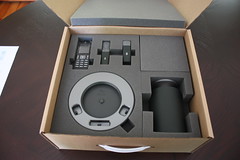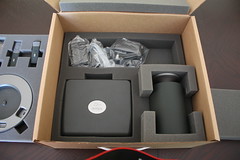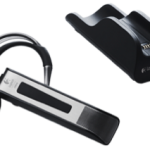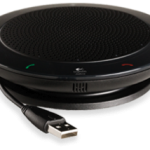Jabra PRO 9460
|
|
Jabra PRO 9460: With Jabra PRO™ 9460 and Jabra PRO™ 9460 Duo headsets, office staff can answer calls made to either of their desk phone or softphone, even while away from their desks. Desk and softphone are united by a stylish touch screen base that offers complete freedom with a wireless range of up to 150m. Using the touch screen base you can easily hold or merge calls for conferences from both phones. Several state-of-the-art sound technologies enable the Jabra PRO™ 9460 to deliver unrivalled call clarity and safety. Wideband quality ensures that the sound you hear is crystal clear, while SafeTone technology protects your hearing.
Jabra PRO 9460 features:
- Up to 150 metres (450 feet)* wireless hands-free telephony with DEC T™ and DEC T 6.0 with CA T-iq technology
- Multiuse connectivity – desk phone and softphone
- Talk time up to 8 hours** in wideband sound mode and up to 11 hours** in narrowband sound mode
- Headset controls: Includes remote answering/ending of calls, call rejection, redial function, swapping between held calls, volume controls and microphone mute from both desk and soft phone.
- Voice recording from desk phone - Save your conversations on PC (PC recording applications required).
- 2.4” Touch-sensitive screen in Q-VGA resolution for call handling, system configuration and setup wizard
- Full hearing protection with Jabra SafeTone
- Protects users’ hearing by cutting off sound spikes and sudden loud noises (PeakStop ™ protection) and securing safe average sound levels (IntelliTone™) - 3 wearing styles:
Mono: – Headband, Neckband (accessory), Earhook
Duo: – Headband - Supports both wideband (150-6,800 Hz) and narrowband (300-3,400 Hz) to match phone system
- Headset weight: Mono 31g / Duo 70g
- Wideband sound and DSP (Digital Signal Processing)
- Jabra SafeTone technologies: Protects users’ hearing by cutting off sound spikes and sudden loud noises (PeakStop™ protection) and securing safe average sound levels throughout the day (IntelliTone™)
- Electronic Hook Switch and free software is available to download onwww.jabra.com/pcsuite
- Minimal energy consumption with Jabra IntelliPower system
- Security: encryption between headset and connected device.
- Security: Kensington Lock: Theft protection of the base.
- One Year Manufacturer Parts and Labor Warranty
* Range varies according to the environment in which the headset is used
























